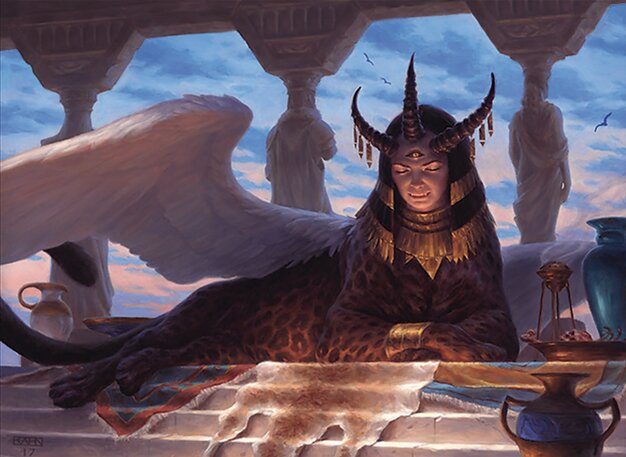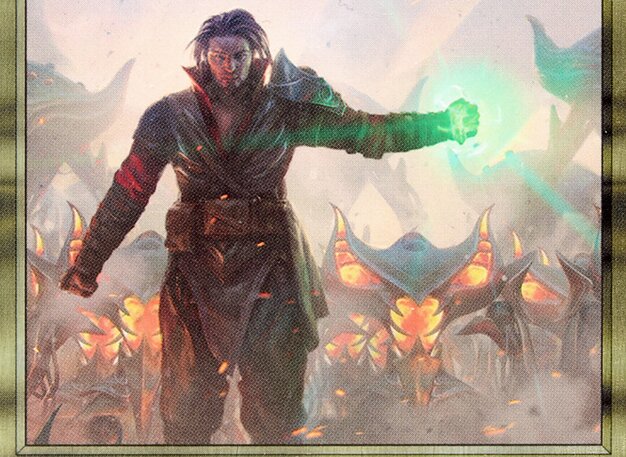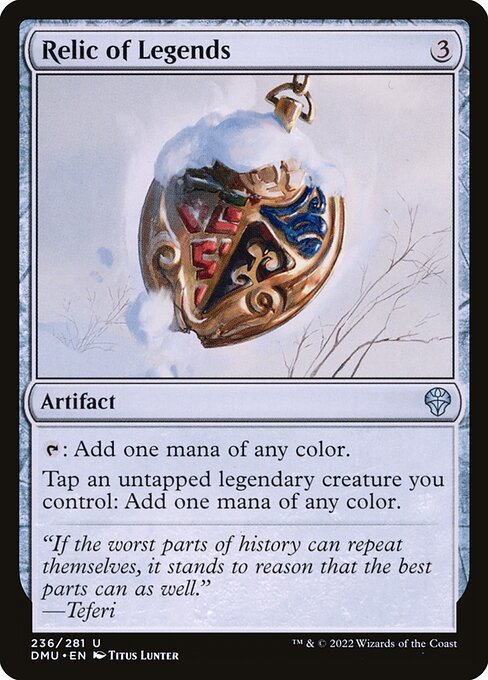Deck & Commander Strategies

Yennett, Cryptic Sovereign
Leverages attacking to cast random odd-cost cards from the top of the deck, creating a high variance and potentially powerful or detrimental effects, relying on unpredictability and surprise to control the game.

Zevlor, Elturel Exile
Utilizes artifact synergies and control elements to build value and maintain board presence, with a focus on disrupting opponents and ramping to powerful plays.

Mishra, Eminent One
Focuses on artifact value and synergy, generating incremental advantage through artifact interactions to overwhelm opponents with resource advantage and powerful board states.

Slicer, Hired Muscle
Operates as a group-hug deck that spreads benefits across players but also has a strong aggressive artifact-based component that can deal significant damage and pressure opponents.
Gameplay Insights
- 1
Yennett's Russian Roulette mechanic created tension as opponents debated whether to allow attacks to resolve, leading to interesting interactions and forced responses.
- 2
Counter magic effectively slowed down Yennett's attempts to capitalize on casting random spells, highlighting the importance of interaction against high-variance strategies.
- 3
Artifact ramp and token generation were crucial for Zevlor and Mishra to establish board presence and maintain threat levels.
- 4
Slicer's presence prompted targeted removal and disruption early on due to its capability to deal damage quickly and influence the table.
- 5
Players balanced aggression with caution, knowing that unchecked Yennett or artifact synergies could rapidly shift the game's momentum.
Notable Cards
-

Yennett, Cryptic Sovereign
-

Zevlor, Elturel Exile
-

Mishra, Eminent One
-

Slicer, Hired Muscle // Slicer, High-Speed Antagonist
-

Relic of Legends
-

Ancient Tomb
-

Counterspell
Gameplay Summary
The game featured four distinct decks led by Yennett, Cryptic Sovereign; Zevlor, Elturel Exile; Mishra, Eminent One; and Slicer, Hired Muscle.
Yennett's deck revolved around a 'Russian Roulette' mechanic where attacking allowed casting a random odd-cost card from the top of the deck, creating high-risk, high-reward plays that kept opponents intrigued and hesitant to remove Yennett early.
Zevlor's deck focused on controlling the board and leveraging artifact synergies to generate value and maintain pressure.
Mishra's deck aimed to capitalize on artifact value and resource advantage, threatening with a build-up of powerful artifacts and interactions.
Slicer's group-hug style spread benefits around the table but also carried the potential to deal significant damage, especially with artifact synergies and aggressive plays.
Early in the game, key moments included Slicer being targeted for removal due to its threat level, counterspells disrupting Yennett's attempts to cast spells off the top, and artifact-based ramp and token generation shaping board presence.
The interplay between counter magic, artifact synergies, and Yennett's unpredictable spellcasting created dynamic shifts in tempo and threat assessment, with players forced to balance aggression and defense carefully.














![Prosper vs Zevlor vs Faldorn vs Gavi [EDH/Commander, MTG Gameplay 2022] thumbnail](https://i.ytimg.com/vi/jx2bXZMUIU4/sddefault.jpg)






![Commander VS S13E5: ??? vs ??? vs ??? vs ??? [EDH] thumbnail](https://i.ytimg.com/vi/6sqnH1IXwFY/sddefault.jpg)








![Brothers' War vs Dominaria United [Commander VS 315] | Magic: the Gathering Commander Gameplay thumbnail](https://i.ytimg.com/vi/_-hCwDSKn3I/sddefault.jpg)

![Unser Gast hat spicy gekocht! | Herumkommandiert #12 | EDH Commander Gameplay [Deutsch] thumbnail](https://i.ytimg.com/vi/ntFydhYELtI/sddefault.jpg)












